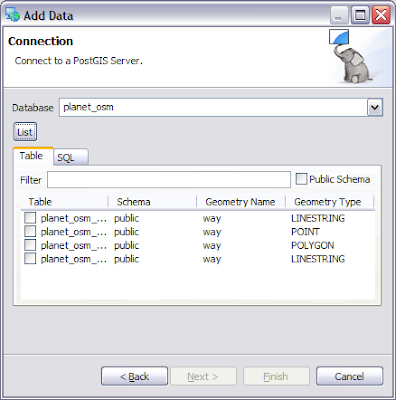The final FOSS4G 2009 press release goes out today announcing the availability of presentations (including some videos) online.
The Free and Open Source Software for Geospatial conference really marks the end-of-year for our software development community. Thanks to the OSGeo foundation and the regional Aust-NZ group for putting on the event. In particular the organisation committee did an excellent job running the conference this year (in the middle of a recession) and not losing money.
Thanks to the sponsors for supporting both the conference and the open source spatial community. Autodesk continues to show great leadership as a gold sponsor - and I was pleased to see the amount of activity around FDO with undertakings like FDO Toolbox bringing this core functionality up to the surface for general use. OpenGeo had an amazing showing as a both a gold sponsor (which is very generous as a non profit) and with numerous well received presentations. My favourite here was a small shell demo of Python and Javascript bindings for core GeoTools functionality. Ingres was also present as a gold sponsor with the exciting announcement of their enterprise open source database (which I would love to see integrated in the rest of the open source stack).
During the conference I did not manage to catch anything from the media sponsors - let us see how that went.
- Position Magazine: had a timely october issue with an article on “Open Source in Geospatial Business”. That said I have not been able to find any coverage in their November issue.
- Asian Surveying and Mapping Newsletter came through with an article summing up Paul’ talk.
- GeoConnections Magazine lists several of the press releases but I could not find an article or writeup.
- Directions Magazine has a long standing tradition of covering FOSS4G. I was able to find a couple press releases passed on by ERDAS and the reprinting of a good blog post.
- GIS Development did not seem to capture much of the conference proceedings - I could only find a reference to Daniel Morissette receiving the Sol Katz award in December.
- Baliz Media is new one for me that seems to have offered very complete coverage of the event.
- Slashgeo has been very good about passing on press releases and posted a few times about such things as the WMS shootout results.




















